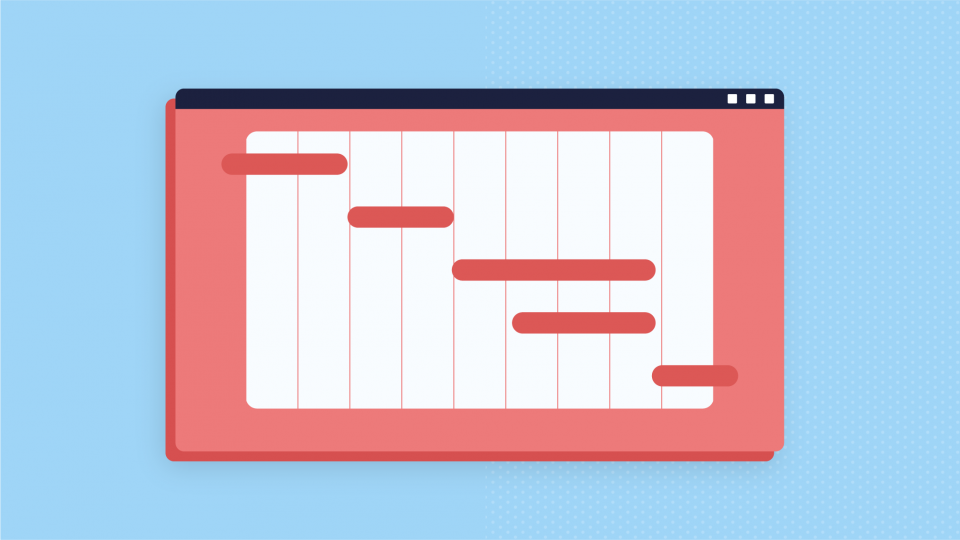For those new to the concept, a Gantt chart is a specific type of bar chart meticulously designed to visualize project schedules. Its main purpose is to provide a precise timeline view of the entire project and all of its elements such as milestones, tasks, and objectives. This visualization is key to ensure the success of your project.
The Gantt chart can be a useful instrument for project management due to its clarity of sight. Project managers and their teams can easily determine the crucial pathway to project completion because the chart’s capability to highlight dependencies and timelines. This is a way of knowing what tasks have to be accomplished first, what is possible to run concurrently, as well as where bottlenecks might occur.

The critical pathway is a set of activities that, if not completed in time it could delay the project’s timeline. The identification and management of the critical path is vital for keeping projects on schedule. Gantt Charts help to make this process more transparent. Through the analysis of the chart project managers can determine the tasks that are critical and assign resources accordingly to prevent delays.
A Gantt chart usually consists of a horizontal line, depicting the duration of the project as well as a series of vertical lines or bars that define individual tasks and their start and end dates. Each task is represented using bars. Dependencies between tasks can be seen through the positioning of the bars. Milestones that signify major projects’ accomplishments are often marked by using particular symbols or colors.
Gantt Charts are beneficial not only for project managers, but for team members to ensure effective collaboration. Each team member has an entire view of the timeline for the project as well as their own duties. This shared understanding about the progress and objectives of the project creates a unified environment where everyone is on the same team.
Gantt chart monitoring is an additional aspect where they excel. With a quick glance at the chart, team members and stakeholders can assess the current status of every task, as well as the project’s overall. This transparency is real-time and allows for early identification of any issues or delays, as well as allowing for mitigations.
Gantt charts are flexible and can be utilized for numerous types of projects. Gantt chart can be adapted to your specific needs whether you’re working on a software project with multiple code-related activities, a construction project that has complex dependencies, an advertising campaign with many deliverables.
Gantt Charts: The Power of Project Success
Imagine a situation where an administrator of a construction company embarks on the construction of a new office. Projects can be complex, involving everything from foundation laying and preparation for the site, through interior design and landscaping. Delays could threaten the project’s date at any point.
A Gantt chart lets the project manager manage and track each stage. The dependencies are now evident. Interior design needs to be completed prior to foundation work, landscaping work can commence while other work is being completed. The critical path, perhaps comprised of structural work is determined and the resources are allocated accordingly.
Gantt charts are the tools of choice for professionals working in project management.
Gantt Charts are a crucial tool for managing projects. Visual aids can simplify project planning, implementation, and monitoring. They make it easier for teams to work collaboratively and coordinate their efforts with the goals of the project, and react promptly to any deviations from the plans.
Gantt charts help keep projects on the right track.
Gantt charts have a unique ability to help ensure that projects stay on the right track, and that they deliver on time. Gantt Charts give project managers a comprehensive overview of the timelines and dependencies. They also allow them to make the required changes and make the necessary decisions.
In the dynamic environment of project management, where unforeseen challenges and changing priorities are the norm and the priorities change constantly, the Gantt chart has remained a constant ally. Gantt charts are an essential tool for project managers who want to achieve excellence. Its flexibility, ease of use and capability to visualize success makes it an essential part of their arsenal. So, if you’re embarking on a project management journey take a look at harnessing the power of a Gantt chart to unleash your project’s full potential and ensure that it is delivered on time every time.